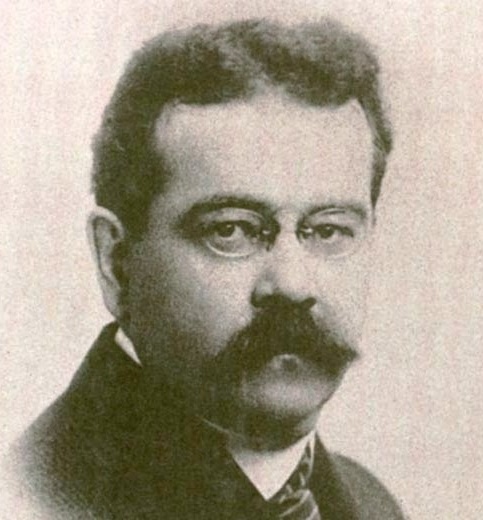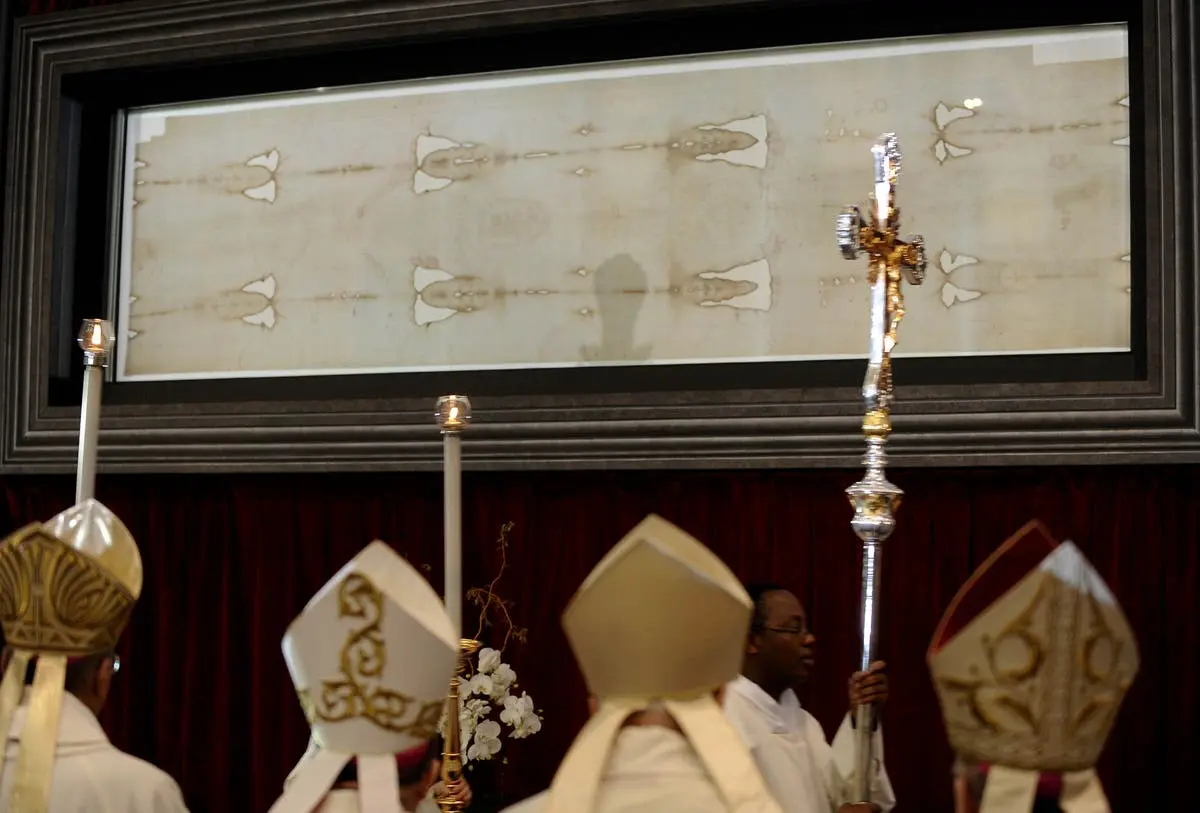The world’s most studied archaeological artefact has been subject to scrutiny since it first emerged in 1350s, bearing the faint image of a man that some believe to be an imprint of Jesus.
A few decades after the shroud’s apppearance, Bishop Pierre d’Arcis of Troyes wrote a memorandum in 1389 denouncing it as a forgery.
But the cloth, housed in the Cathedral of St John the Baptist in Turin, continued to be studied and scrutinised.
A controversial study carried out in the 1980s dated the shroud to between 1260AD and 1390AD, branding it as a medieval forgery.
…
The new study, using X-rays to inspect linen threads from the shroud, traces its origin all the way back to the time of Jesus.
Though the study, published in the journal Heritage, falls short of concluding whether the shroud was actually Jesus’s burial cloth, it dates its origin to 2,000 years ago.
“The experimental results are compatible with the hypothesis that the Turin Shroud is a 2000-year-old relic,” it says, claiming previous analysis might have been flawed due to contamination.
Researchers say cellulose contained in the shroud’s fibres has aged slowly since the 14th century due to lower room temperatures in Europe.
This means that most of the cloth’s natural ageing, about 90 per cent, ocurred before the 1300s.
There is a catch, however.
Scientists say that the shroud can conclusively be said to be 20 centuries old only if there is further evidence showing the relic was kept safely at an average temperature of about 22C and relative humidity of around 55 per cent for 13 centuries before it emerged.



It’s not.
From John 19:
"40 Then took they the body of Jesus, and wound it in linen clothes with the spices, as the manner of the Jews is to bury.
41 Now in the place where he was crucified there was a garden; and in the garden a new sepulchre, wherein was never man yet laid.
42 There laid they Jesus therefore because of the Jews’ preparation day; for the sepulchre was nigh at hand."
Key line, “as the manner of the Jews is to bury.”
So what are Jewish burial rites?
https://www.funeralpartners.co.uk/help-advice/arranging-a-funeral/types-of-funerals/jewish-funeral-customs/
“In line with Jewish law, the body is washed (Tahara) but not embalmed, before being dressed in a plain burial shroud. This is overseen by a group of Jewish men and women, known as the Chevra Kadisha, who remain with the body until burial to ensure it is protected and prepared according to Jewish funeral traditions. During this time, the men will often wear a prayer shawl (‘tallit’).”
The body is washed before being enshrouded.
Meaning the crown of thorns and blood would have all been removed.
Corpses do not bleed. There would have been no bloodstains had this been an actual burial shroud.